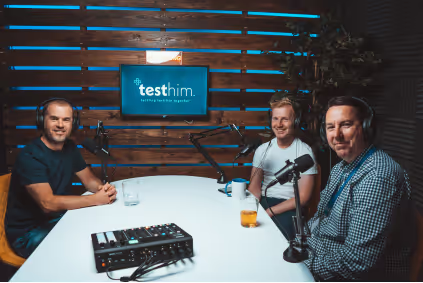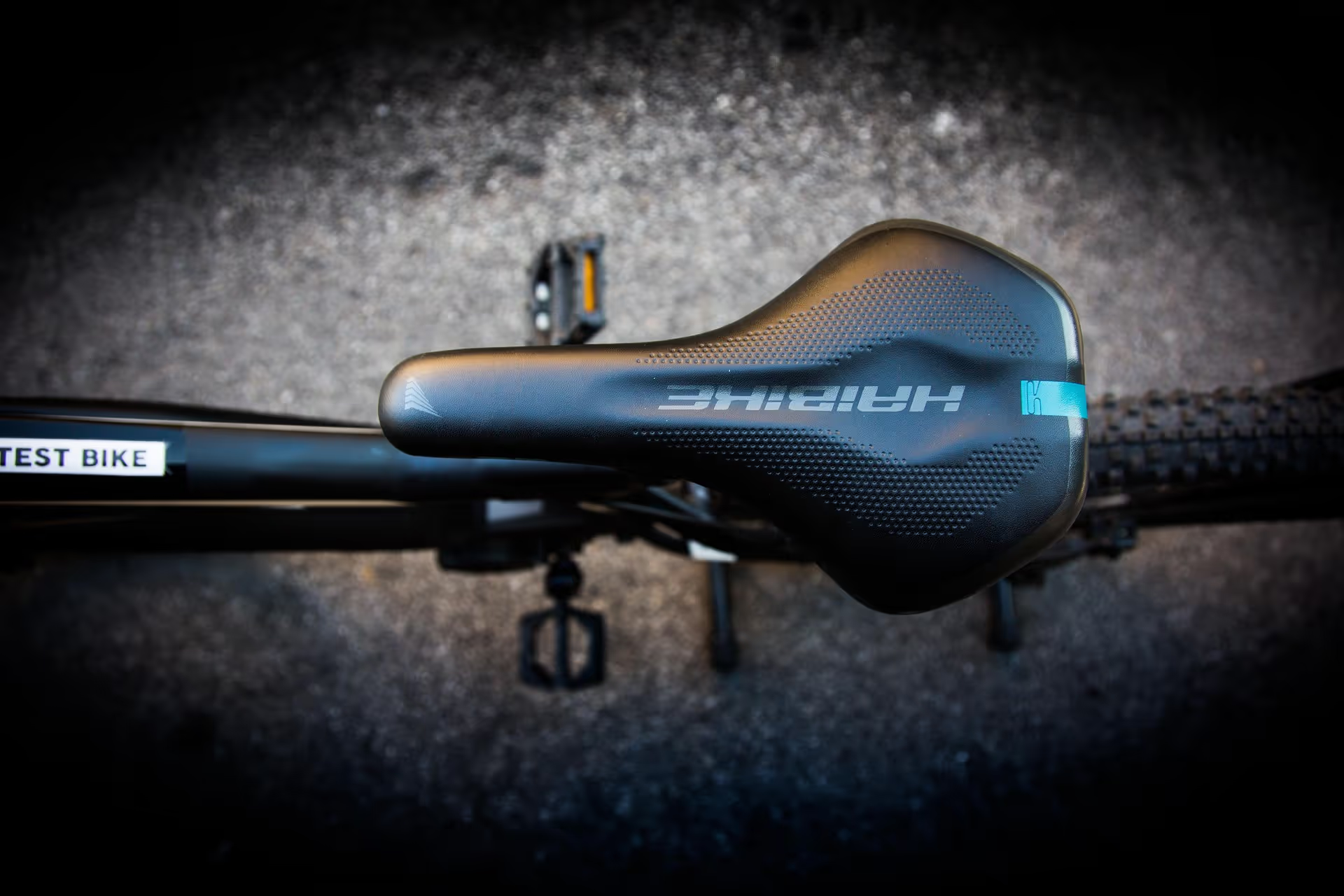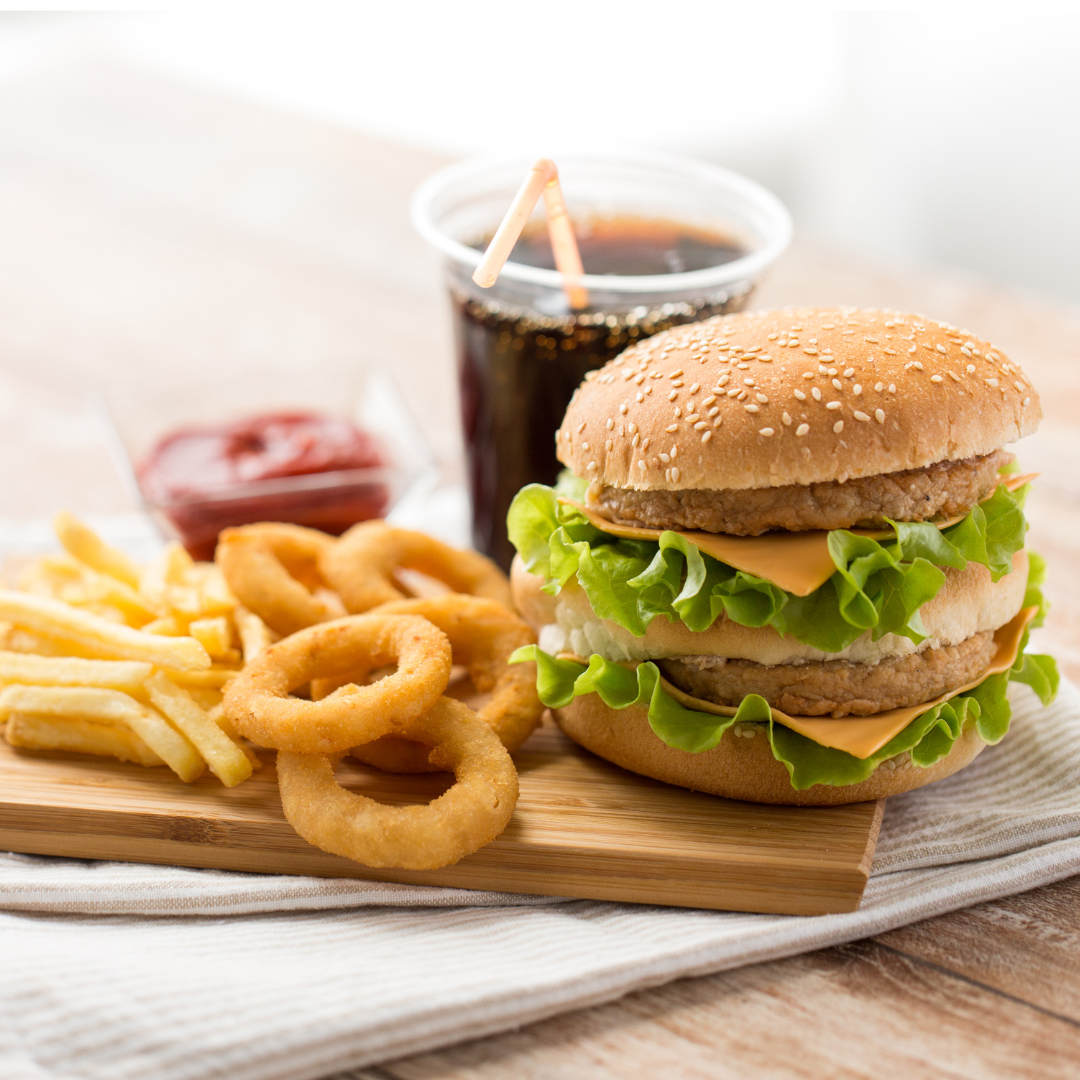There is no doubt that cycling has had a real surge in popularity over recent years, but is it really bad for your fertility?
For many chaps a good bike ride is a great way to de-stress, blow away the cobwebs and escape the stresses and strains of fertility treatment.
So, is it fair that cycling has been singled out as a form of exercise to avoid if you want to father a child?
We dug around in a few research papers to try and get to the bottom of the issue, and it made for some interesting reading!
The main study we looked at involved a small cohort of men being put through a 16-week cycling programme. Each man gave a semen sample at the beginning, at specific times throughout the programme as well as 30 days after the programme was complete.
Interestingly, this piece of research was covered twice in the Clinical Journal of Sport Medicine each looking at slightly different results.
What was found?
The main outcome from this study was that all parameters on the participants’ semen analysis deteriorated over the programme.
The other element that was investigated and reported on were the levels of oxidative stress within the men’s semen samples. The researchers discovered that oxidative stress levels were significantly higher throughout the study as compared to the levels before.
A further point of interest was that these negative impacts were still present 30 days after the study was complete.
How does cycling affect sperm?
It seems that no one knows the exact mechanisms behind why cycling affects sperm so much.
However, there are some very definite key markers that enable us to draw a pretty sensible conclusion as to the likely cause of the damage.
We certainly know that raised oxidative stress is bad for sperm health and is also closely linked to sperm DNA fragmentation.
It is suspected that prolonged exercise and especially exhaustive exercise (as noted Griffith et al. (1990)) will lead to an increase in oxidative stress. Oxidative stress occurs naturally in the body as a result of our metabolism and the use of oxygen within the body. You just sitting reading this and breathing will create a level of oxidative stress but that’s within a very tolerable level. However, when you start doing intense or exhaustive exercise this is going to increase your metabolism and oxygen use and therefore increases the level of oxidative stress beyond normal levels. This is one of the likely suspects in why cycling, but potentially any exhaustive or demanding exercise, is bad for your sperm health.
One of the other areas that were noted in this research was the increase in cytokines and other markers of inflammation within the cyclists’ blood.
Cytokines are a small protein that are closely related to the role of the immune system. Some of the other markers that were noted in the study are specifically associated with inflammation in the body.
It’s not fully understood why these are raised during the exercise programme, but researchers suspect that it could be down to raised body temperature and / or micro-trauma in the testicles from frequent rubbing against the saddle. It is thought that these micro-traumas could be enough to trigger an immune response within the body. What we do know is that inflammation and raised cytokines are linked to a decrease in sperm concentration, motility and normal forms (morphology).
The Griffith et al study also noted a significant drop in testosterone levels of -17% in those cyclists undergoing exhaustive exercise. Testosterone plays a key role in sperm development and sex drive, so any decrease in this hormone may explain why sperm parameters dropped throughout the study.
Raised scrotal temperature is another key suspect when it comes to cycling. We know that tight underwear is detrimental to sperm health because it raises scrotal temperature. Tight cycling gear and having everything squashed up against a saddle is likely to also increase scrotal temperature.
However, when you dig around in any research, you will always find conflicting studies; it’s rarely possible to get one exact clear conclusion when you look at multiple studies.
So, as a counter argument, one study showed that 1 hour of cycling had no impact on scrotal temperature although this study didn’t look at the impact on other sperm parameters, it just focused on scrotal temperature. A further study by Wise et al (2011) noted that cycling for more than 5 hours per week was detrimental to sperm concentration and motility.
So, it seems that time on the saddle may be a significant factor.
So, what do we make of it all?
As always, it seems to be a bit of a mixed message, but there is clear evidence that prolonged or intense cycling is detrimental to sperm health.
For those who like the occasional short bike ride, or those having a short commute to work on a bike, it’s likely that this won’t cause too much of a problem.
However, for those guys who are cycling more than 5 hours a week or training to a high level, this is more of a concern.
As with a lot of these things, it’s often about moderation but with cycling it’s important to really pay attention to what you’re doing and for how long. As much as it is a great form of exercise, it may be worth swapping it out for something a little more sperm friendly.
Research
- Maleki BH, Tartibian B (2015); Long-term low-to-intensive cycling training: Impact on semen parameters and seminal cytokines. Clin J Sport Med 25: 535-540
- Maleki BH, Tartibian B, Vaamonde D (2014); The effects of 16 weeks of intensive cycling training on seminal oxidants and antioxidants in male road cyclists. Clin J Sport Med 24: 302-307
- Wise LA, Cramer DW, Hornstein MD, Ashby RK, Missmer SA (2011); Physical activity and semen quality among men attending an infertility clinic. Fertil Steril 95: 1025-1030
- Jung A, Strauß P, Lindner HJ, Schuppe HC (2008); Influence of moderate cycling on scrotal temperature. Int J Androl 31: 403-407
- Griffith RO, Dressendorfer RH, Fullbright CD, Wade CE (1990); Testicular function during exhaustive endurance training. Phys Sportsmed 18: 54-64


















